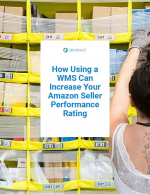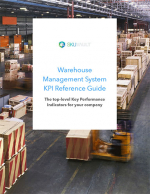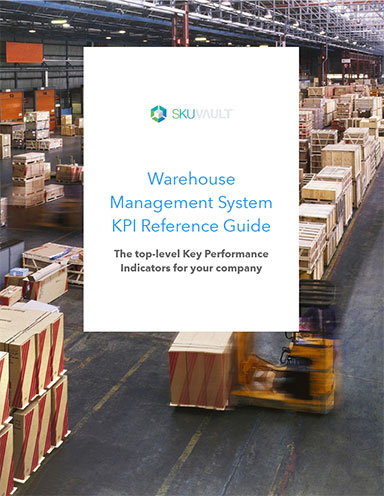Warehouse Management System Top-level Key Performance Indicators
Tracking KPIs will ensure that each department or individual knows exactly what his or her main job goals are and how they will be measured. Managing to KPI's let’s everyone in your organization know how their efforts tie directly to bottom line.
On Time Shipments
# of Orders on Time / Total # of Orders Shipped = On Time Shipments
Tracking the percentage of orders that ship on time is very important, especially if the orders are eCommerce sales. You may end up with different one time numbers for orders associated with different sales channels or shipping methods.
Ex. You shipped a total of 150 orders in a given time period, and 140 of those were on time. 100 on time orders /150 orders shipped = 93% On Time Shipment Rate.
Average Units per Transaction (items per order)
Total # of Units Sold / Total Transactions = Avg. Units per Transaction
This is the average number of items on an order, which is very important for purchasing and sales (depending on some factors) as the aim is to increase this value with upsells. This average is also vital to the warehouse in that it plays an essential role in determining pick/pack/ship workflows. It is useful to break this down by item classification if you are using zones in your warehouses.
Ex. You sold 200 total units in 100 total transactions during a given time period. 200 units /100 transactions = 2 units per transaction.
Out of Stocks (fill rate)
# of Complete Orders Filled / Total Orders Shipped = Order Fill Rate
Out of stocks occur when an order is placed and then cannot be fulfilled. This is usually due to incorrect inventory although it can also be caused by oversells if there are issues with your cart or systems. To combat this, track how many out of stock cases occur over a set period of time and then compare that to overall orders and units shipped within that same time period. Fill rate, another option for this kpi, is essentially the inverse of this, which is the fraction of the order that can be met with available inventory.
Ex. You shipped a total of 150 orders in a given time period, and 145 were shipped out complete. 145 complete orders / 150 orders shipped= 97% Order Fill Rate. Note that your Out Of Stock Rate is the inverse, 3% in this example.
What’s Related




Favorites





